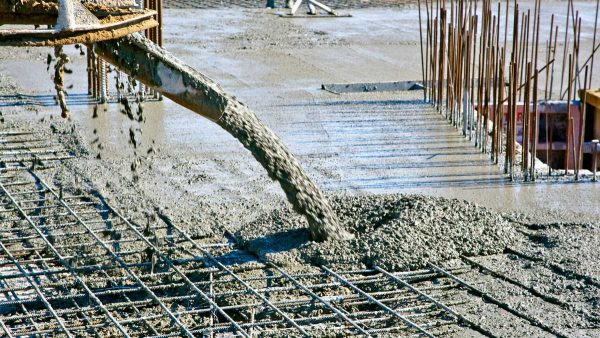An overview of concrete

What do the Pantheon, the Hoover Dam, the Burj Khalifa, and your sidewalk have in common?
Concrete.
For thousands of years, concrete has been a preferred building material due to its combination of low cost, great durability and easy shaping. Though it’s gone through many iterations over the years the basic structure has stayed similar from the time of the Nabateans all the way to now.
What concrete is
Concrete is a mix of water, aggregate and Portland cement. Though they’re often used interchangeably, cement and concrete are not the same. Cement is only the binding agent.
Portland cement is a mix of limestone and clay that’s heated in a kiln until it fuses into small masses called clinker. These masses are then ground into powder and a small amount of gypsum is added. When water is added, the ingredients crystallize together and create a strong bond.
Adding other materials like stone, rebar and fiber give cement a structure to form around, making it suitable for load-bearing construction. That’s the basis for concrete. Different applications will require different cements and different proportions of ingredients.
How concrete works
When water, aggregate and Portland cement are mixed, the resulting mixture is poured into a form and allowed to set in place. Most of the water evaporates away early in the curing process, but concrete always contains a little water. That last percentage doesn’t really evaporate out.
Concrete’s strength makes it a common building material around the world. It’s a regular component in foundations, skyscrapers, and even whole buildings. Concrete blocks can be used to form buildings where pouring walls might be impractical. Concrete footings with special formulations can even be cured underwater.
No matter what the application, there’s usually a form of concrete that will work. It’s one of the most robust, flexible building materials in use today. But it’s not infallible. Cracks and other weathering can hurt it over time. If your concrete building is showing signs of wear and tear, call JK Industries. We’ll help you fix the problem.
